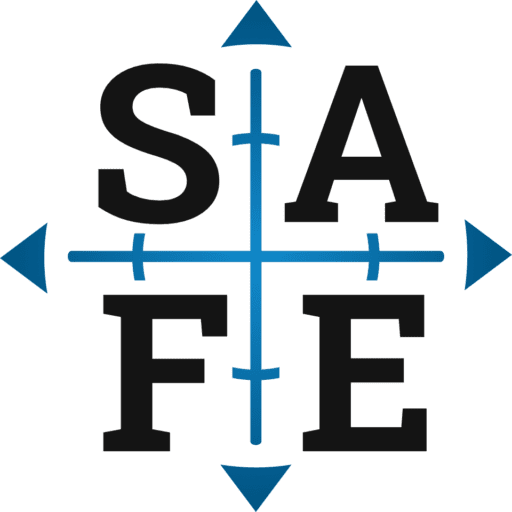For most businesses – especially e-commerce – an efficient supply chain is crucial. There are three common business models: produce products yourself, buy locally, or manufacture abroad. What you choose will depend on the relative cost of labour, raw materials and commercial real estate.
This article focuses on how to source products from Chinese manufacturers and elsewhere in the Far East, as it’s usually the most scalable way to grow a business.
For companies operating in highly-developed countries (i.e. Europe, US, Australia, etc.) producing products abroad has the potential for strong profit margins, but it’s a complex process that is not without risk.
Where is the best place to find suppliers?
China has been the go-to country for many years, with a huge number of wholesalers, traders, and actual manufacturers to choose from. Between them all, are expensive trade directories, portals, distributors and sourcing agents that take a commission. Competition between factories is intense – sometimes resulting in over-promising and under-delivering.
What are the Risks of Outsourcing Manufacturing
- longer lead times,
- products potentially lower in quality,
- dishonest suppliers,
- possible theft,
- complex logistics,
- bureaucracy,
- language barriers,
- travel restrictions
How to Find a Reliable Manufacturer in China
One of the biggest headaches when searching for a reputable manufacturer abroad is trying to sift through the plethora of middlemen at trade shows and on websites like Alibaba and Made-in-China. These wholesalers and trading companies often take a big cut on top of the actual cost from the manufacturer. It is much more cost-effective to go directly to the source and connect with the actual factories. But that is easier said than done – unless you are fluent in Mandarin, understand Asian business culture and have ample time and no travel restrictions. Better yet, hire a good sourcing agent.
Overcoming Travel Restrictions
Asian business culture emphasizes face-to-face conversations. Despite technology advances, it’s still the best way to do business. However, language barriers and confusing Trade shows in the Far East can be particularly challenging – even at the best of times. Coupled with this, the ongoing Covid-19 crisis means it’s just too risky, costly and time consuming to travel for business. Not to mention the carbon footprint of long-haul flights.
Time zone differences and poor internet connectivity also mean video meetings are often frustrating and fruitless. On top of that, the Covid pandemic continues to cause business disruption around the world and factory visits are out of the question for most companies.
You need a China-based sourcing agent – with local knowledge – who can bridge the gap and bring the best of the Far East to you.
Tariffs and Trade Wars
China makes almost half of all products sold in the world, but trade wars and shipping bottlenecks are starting to change that, as many companies look to diversify their supply chains. Many sellers, especially in the US, are beginning to move their supply chains away from China to lower their costs – to factories in neighbouring countries like Korea, Malaysia, Vietnam and Cambodia.
This is a difficult process in the middle of a pandemic, which is why the most successful sellers rely on regional experts who can help to pre-qualify suppliers, source products, tooling and raw materials. A reputable sourcing agent can act as your team on the ground to minimise the risks.
Consider using a Reliable Sourcing Partner
Trying to source products from Asia on your own – without knowing how the market operates – is a steep learning curve. If you’re having trouble identifying a supplier, a sourcing partner or agent can help you find manufacturers that are a good fit for your product. They can also save you a lot of time and hassle, and aid in negotiations, not to mention bridging the gap between differing business cultures.

Source → Refine → Brand → QC → Ship
